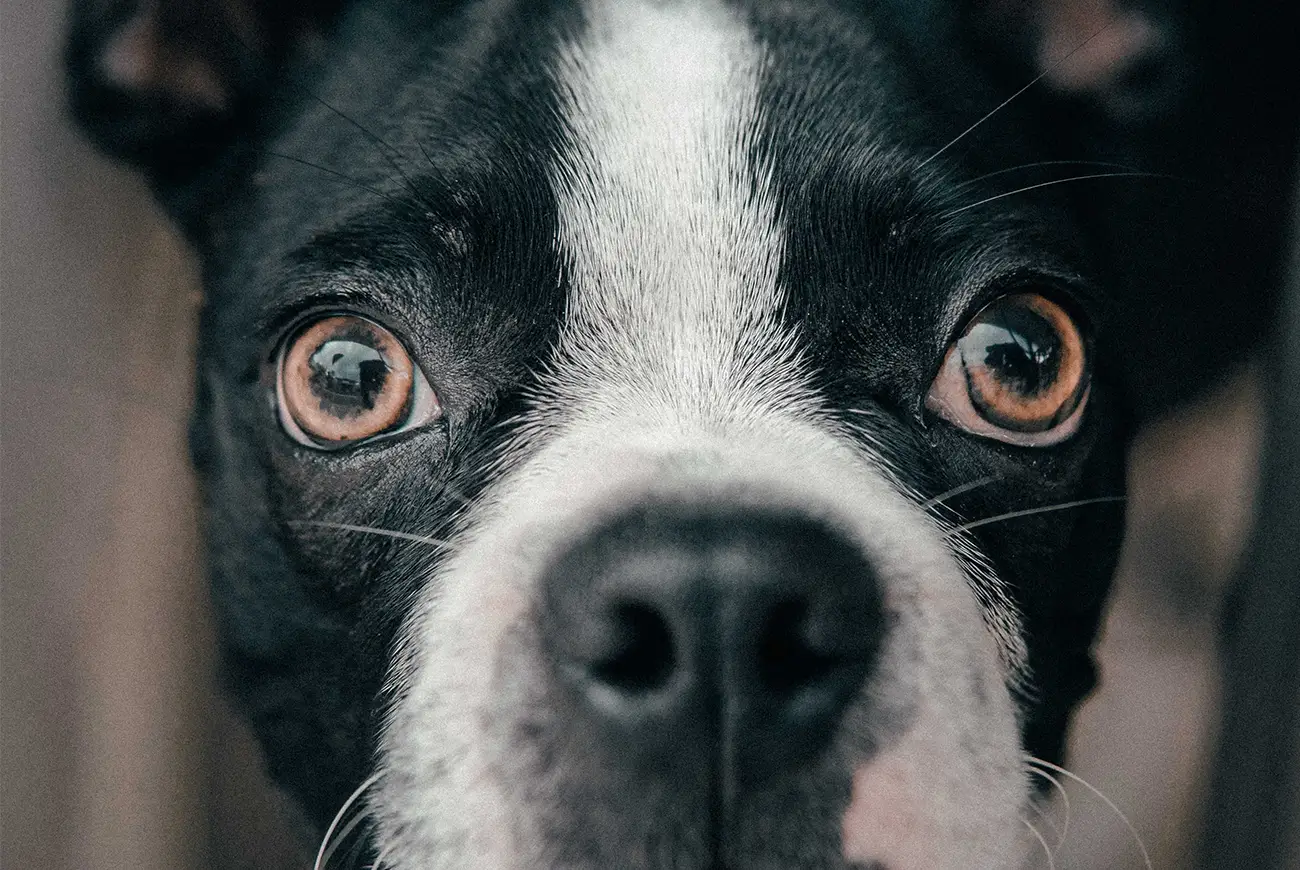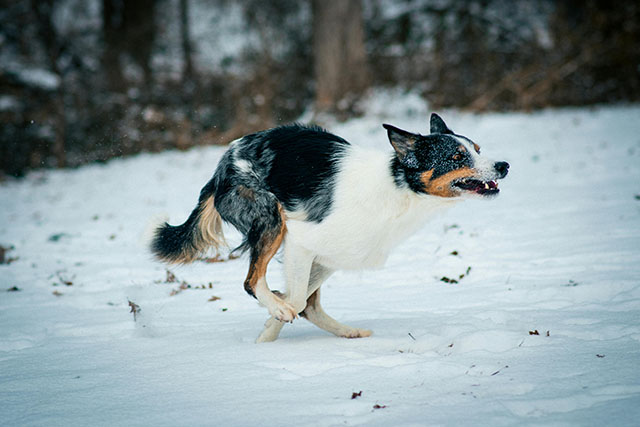Flea infestations are a source of annoyance and discomfort for dogs, a sentiment unanimously shared by pet owners and veterinarians alike. Beyond the irritation and flea allergy dermatitis they cause, these pesky parasites can even transmit illnesses to both dogs and humans. To ensure your canine companion remains healthy and happy, taking proactive steps to prevent flea infestations before they rear their tiny heads is crucial. This article explores the most effective prevention strategies that pet owners and veterinarians can employ to thwart fleas from gaining a foothold in your home and on your furry friend.
The first line of defense against flea infestations lies in practicing proper hygiene and employing preventive measures within the home and surrounding environment. Maintaining your dog’s cleanliness and overall grooming regimen is paramount when it comes to preventing flea infestations. Regular baths and brushing sessions serve as essential tools to keep your pet’s coat free from fleas and other parasites. Additionally, pet owners should routinely vacuum carpets and upholstery to discourage fleas from establishing residence in these areas. Last but not least, scheduling regular veterinarian visits should be a non-negotiable component of your preventive maintenance routine.
In tandem with maintaining good hygiene, the use of preventive products and medications can significantly diminish the risk of flea infestations. Flea and tick repellents, such as spot-on products or collars, are readily available to help fend off these persistent parasites. Pet owners should diligently apply these products as directed in accordance with the instructions provided. In addition to these repellents, pet owners should consider administering heartworm and flea preventive medications on a regular basis, a practice highly recommended by veterinarians.
Beyond individual preventive measures, environmental controls can also be harnessed to minimize the chances of flea infestations. Proper upkeep of your yard and garden areas is crucial to prevent them from becoming breeding grounds for fleas. This entails removing brush piles, wood stacks, and other debris that may serve as attractive habitats for fleas. Furthermore, vigilant pet owners should inspect their yards for areas prone to moisture accumulation, as damp conditions are particularly appealing to fleas. In conjunction with these outdoor measures, pet owners can also invest in flea traps, which have proven to be highly effective at capturing fleas within the confines of the home.

Lastly, pet owners should make it a point to conduct regular flea inspections on their beloved companions. It’s imperative to keep a watchful eye for telltale signs of flea infestations, such as excessive scratching, biting, and licking. Should you detect any signs of a flea infestation, it’s essential to promptly reach out to your veterinarian to discuss the most appropriate treatment options available.
The prevention of flea infestations is a crucial step in safeguarding the health and well-being of our cherished pets. By faithfully adhering to these comprehensive prevention strategies, pet owners can significantly reduce the likelihood of fleas causing discomfort to their furry friends. While prevention is undeniably the best course of action, in the unfortunate event of a flea infestation, pet owners should not hesitate to contact their veterinarian as swiftly as possible. This proactive approach ensures that your pup receives the best care, guaranteeing their safety and comfort in the face of these persistent pests.
In our ongoing quest to protect our canine companions from the clutches of flea infestations, it is imperative to understand the multifaceted nature of these troublesome parasites. Scientifically known as Ctenocephalides felis, Fleas are highly adaptable ectoparasites that have plagued dogs for centuries. These tiny insects are not only a source of discomfort but can also pose significant health risks to both dogs and their human companions. In this comprehensive guide, we will delve deeper into the world of fleas, exploring their life cycle, habits, and various methods for preventing and combating infestations.
Understanding the Flea Life Cycle
Before delving into prevention strategies, it’s crucial to comprehend the flea life cycle, as this knowledge forms the foundation for effective prevention and control. Fleas undergo a complete metamorphosis, consisting of four distinct stages: egg, larva, pupa, and adult. Here’s a brief overview of each stage:
1. Egg: Flea eggs are small, oval-shaped, and virtually invisible to the naked eye. They are typically laid on the host animal (your dog) but can also be scattered throughout the environment, especially in areas where your pet frequents. Female fleas can lay hundreds of eggs during their lifetime, making breaking the life cycle at this stage imperative.
2. Larva: Flea eggs hatch into tiny, worm-like larvae that are sensitive to light and prefer dark, humid environments. They feed on organic matter, such as flea feces and other debris, for sustenance. Larvae undergo multiple molts before progressing to the pupal stage.
3. Pupa: In the pupal stage, fleas encase themselves in a protective cocoon. Inside the cocoon, they undergo metamorphosis, transforming from larvae into adult fleas. Depending on environmental conditions, the pupal stage can last anywhere from a few days to several months.
4. Adult: Once fully developed, adult fleas emerge from their cocoons and seek out a host, such as your dog, for a blood meal. Female fleas begin laying eggs within days of their first blood meal, perpetuating the cycle.
Understanding this life cycle is essential because it underscores the importance of targeting the adult fleas and the eggs, larvae, and pupae in your prevention efforts. If you only focus on eliminating adult fleas, you may miss the developing stages lurking in your home and yard, setting the stage for a recurring infestation.
Prevention Strategies: Beyond the Basics

While maintaining good hygiene and using preventive products are fundamental preventive measures, there are additional strategies that pet owners can employ to enhance their flea prevention efforts:
1. Environmental Treatments: In addition to routine cleaning and vacuuming, consider using flea-specific environmental treatments. These products target fleas in various stages of development and can help break the life cycle. Consult your veterinarian for recommendations on suitable environmental treatments for your specific situation.
2. Frequent Washes: Launder your pet’s bedding, toys, and other fabric items frequently in hot water. This helps eliminate any fleas or eggs that may be present in these items.
3. Outdoor Maintenance: Regularly groom your yard by trimming tall grass, removing leaf litter, and keeping the lawn well-maintained. Fleas thrive in shady, overgrown areas, so a well-kept yard is less inviting to these pests.
4. Natural Remedies: Some pet owners opt for natural flea repellents like diatomaceous earth or essential oils like lavender and eucalyptus. While these can be effective to some extent, they may not provide comprehensive protection on their own. Consult your veterinarian before using any natural remedies to ensure they are safe for your pet.
5. Professional Pest Control: In severe infestations, or if you live in an area prone to fleas, consider enlisting the services of a professional pest control company. They have access to potent treatments and can provide targeted solutions to eliminate fleas from your home and yard.
6. Consult Your Veterinarian: Your veterinarian is your most reliable source of information and guidance when it comes to flea prevention and treatment. They can recommend the most appropriate products, create a tailored prevention plan, and offer advice based on your dog’s specific needs.
Incorporating these advanced strategies into your flea prevention regimen can bolster your efforts and provide more protection for your furry friend. Remember that consistency is key, and preventive measures should be maintained year-round, not just during peak flea season.
The Importance of Flea Prevention
Flea infestations are more than just a nuisance; they pose significant risks to dogs’ and humans’ health and well-being. Here are some compelling reasons why flea prevention should be a top priority for pet owners:
1. Preventing Discomfort: Fleas are relentless biters, causing incessant itching, scratching, and discomfort for your dog. This can lead to skin infections, hair loss, and a diminished quality of life.
2. Allergic Reactions: Many dogs are hypersensitive to flea saliva, and even a single flea bite can trigger an allergic reaction known as flea allergy dermatitis (FAD). FAD results in severe itching, redness, and skin lesions, requiring medical intervention to manage.
3. Disease Transmission: Fleas are vectors for various diseases that can affect both dogs and humans. For example, they can transmit tapeworms, bartonellosis (Cat Scratch Disease), and even certain types of bacteria like Rickettsia and Bartonella. Preventing flea infestations is a critical measure in reducing the risk of disease transmission.
4. Anemia: In severe infestations, especially in young puppies, fleas can lead to anemia due to excessive blood loss from continuous feeding.
5. Secondary Infections: The incessant scratching and biting associated with flea infestations can break the skin, creating open wounds that are susceptible to bacterial infections.
6. Reduced Quality of Life: Dogs suffering from flea infestations are often irritable, lethargic, and unable to enjoy their usual activities. Their overall quality of life is compromised.
7. Home Infestations: Fleas can multiply rapidly and infest your home. Once they establish themselves indoors, it becomes exceedingly challenging to eradicate them completely.
Considering these significant health risks, it becomes evident that preventing flea infestations is not merely a matter of convenience but a fundamental responsibility for pet owners. The well-being and comfort of your furry family members depend on your proactive efforts to keep fleas at bay.
Conclusion
Preventing flea infestations is a multifaceted endeavor that encompasses proper hygiene, preventive products, environmental controls, and ongoing vigilance. Understanding the flea life cycle and implementing a comprehensive prevention plan can protect your beloved dog from the discomfort and health risks associated with these persistent parasites.
Remember that flea prevention is a year-round commitment, not a seasonal one. Consistency and diligence are key to ensuring your pet’s well-being. Regularly consult with your veterinarian to fine-tune your prevention strategy based on your dog’s unique needs and the specific challenges posed by your environment.
In the event of a flea infestation, do not delay seeking professional guidance from your veterinarian or a pest control expert. Swift and effective action is essential to alleviate your dog’s suffering and prevent the infestation from spreading further.
Ultimately, your dedication to flea prevention will reward you with a healthy, happy, and itch-free companion, allowing you and your dog to enjoy a harmonious and flea-free life together.
Jessica is a veterinary medicine student who is passionate about animals. Living with her cherished dog, Milo, deepens her understanding of the human-animal connection, enhancing her empathy as a future veterinarian.
Jessica’s concise articles reflect her dedication to improving the lives of animals and those who care for them, making her an inspiring figure in the pet care field.




